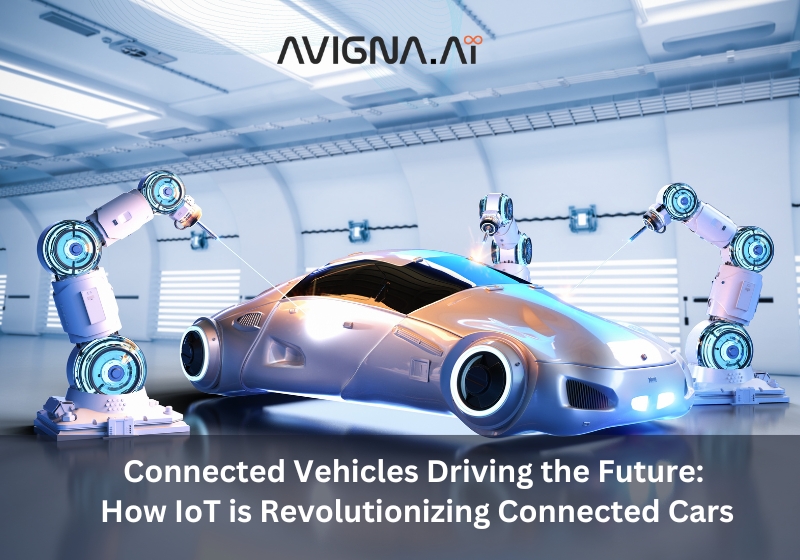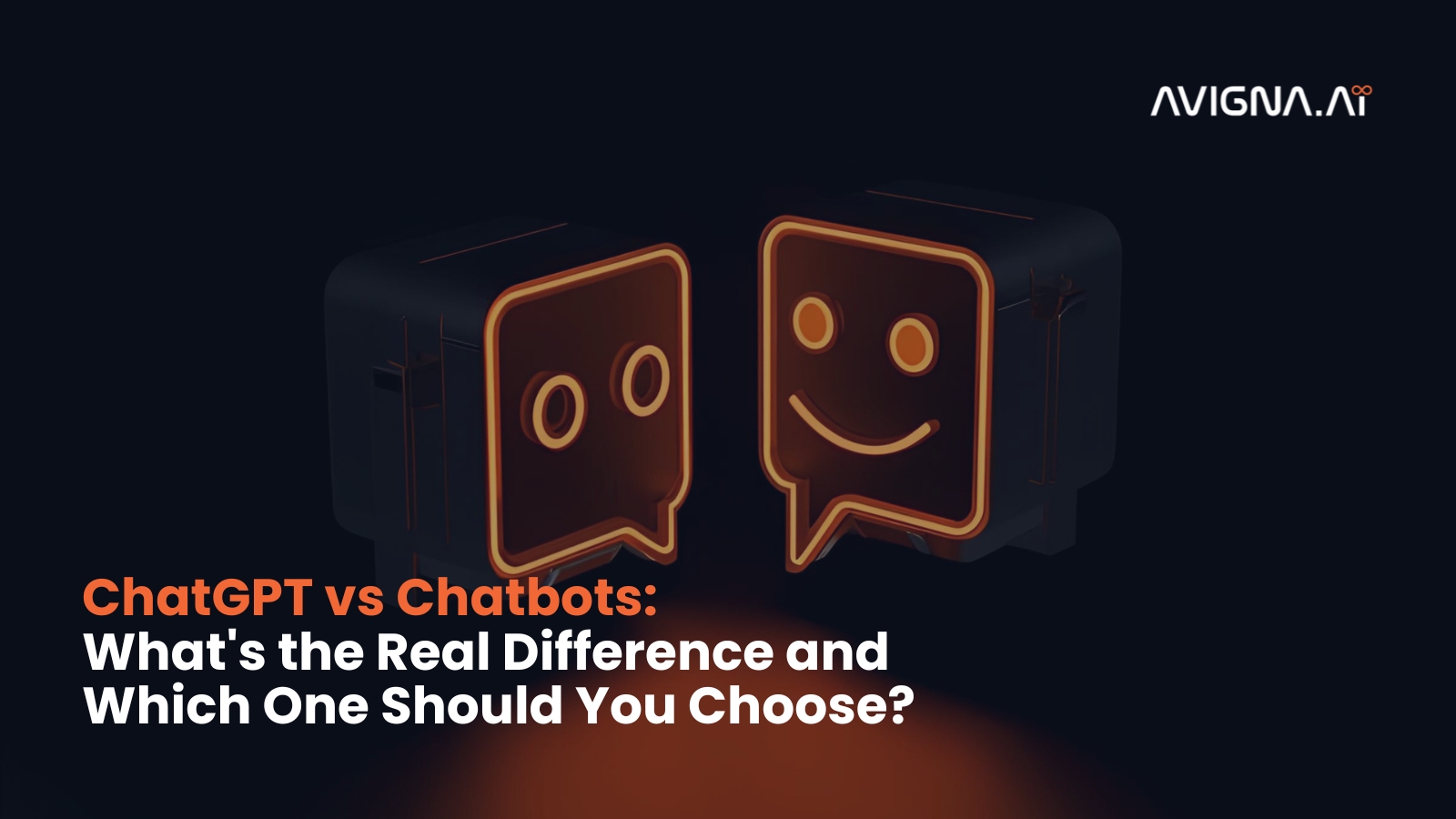Connected Vehicles Driving the Future: How IoT is Revolutionizing Connected Cars
The advent of connected vehicles will completely change the dynamics of transportation. At some point, I am sure, we will all enter a connected car, which will be ready for us. The playlists have already been queued, and the temperature is perfect, even before you fasten your seat belt. Or the advanced safety tools alert you of oncoming sights just a few seconds before you can see them. This kind of future is not so far away because of the Internet of Things (IoT) development. Don’t you agree? But how will IoT change connected cars forever, and how will we drive? Read on to learn more.
Growth of IoT in Automotive Sector
As the automotive sector, which is forecasted to develop at an annual growth rate of 14.8%, is high, IoT allows these vehicles to be connected with sensors, electronic control units, and the capability of wireless communication to automobiles. This growth will lead to its growing market size of $220 billion by 2025. Onboard computers then process vast amounts of data about the vehicle’s functions, surroundings, and connectivity from these inputs. Finally, connected cars can share insights with infrastructure and each other in real-time through WiFi, cellular networks like 4G/5G, or protocols like DSRC.
Applications of Connected Vehicle Technology
The vehicles that communicate with each other and the surrounding infrastructure open up new in-vehicle applications, including those that enhance road safety, effective traffic management, and vehicle performance. In this regard, the following are some of the critical areas of connected cars that are incorporating the IoT in great detail:
- Advanced Driver Assistance Systems: Vehicle data and the V2X technologies extend ADAS by adopting more features such as automatic emergency braking, lane keeping, and blind spot monitoring and alerts. That assists in accident prevention and allows some degree of autonomous driving.
- Traffic Efficiency and Management: Real-time data on traffic enable connected vehicles and roadside unit optimizers to assist in signal control management by optimizing signal timing updates, informing drivers on traffic buildup and accident occurrence, and providing alternative routes to ease traffic congestion.
- Predictive Maintenance: Constant monitoring of vehicles through interconnectivity allows manufacturers to pinpoint issues before they deteriorate and thus plan preventive maintenance effectively.
- Infotainment and Convenience: Cloud technology and vehicle network connectivity allow drivers to be provided with a large-screen device that offers entertainment, telephone services, e-wallet, and even navigation services.
- Vehicle Security: The cars being driven can be traced almost instantly, and the driving mechanism is controlled without physical presence. Also, V2X warns drivers regarding threats before they become problematic.
- Smart Parking: Through connected architecture, drivers can be oriented to the unoccupied bays and make payments directly from their cars without stress.
How Do Connected Vehicles Work?
To execute these advanced applications above, connected cars integrate various technologies, such as sensors, connectivity, computing, and cloud technologies.
- Sensors: Typically, connected cars consist of several environmental sensors, which include, but are not limited to, radars, cameras, ultrasonic devices, etc., all to monitor the surroundings and the behavior of the car itself.
- Connectivity: Several communication technologies that ensure dependable high-speed data transmission, used in vehicles, between vehicles, and their infrastructure (traffic lights, traffic signs, etc.) include 4G LTE, 5G, DSRC, and WiFi.
- Onboard Hardware/Software: Advanced onboard Units (OBUs) with automotive-grade processors utilize data from sensor inputs and V2X communications. Advanced algorithms also analyze driver behavior.
- Vehicle-to-Everything Communication: Using their network access, connected cars can directly coordinate with each other (V2V) as well as infrastructure like roads and traffic controllers (V2I), emergency services (V2E), and pedestrians/cyclists(V2P).
- Cloud Services: Connectivity provides access to automaker/third-party backend systems for remote updates, entertainment/productivity apps, predictive maintenance, digital keys, etc.
Challenges to Overcome
Although connected vehicle technologies provide tremendous advantages, their full integration presents specific bottlenecks that need to be solved:
- Security & Privacy: The dependence of vehicles on the network also increases the risk of attacks. Thus, the vehicle control systems and the passengers’ information must be guarded against such attacks..
- Development of infrastructure: For V2X networks to operate correctly, there is a need for adequate, well-distributed, and aligned roadside units and a sufficient number of base stations, all of which, however, take time and monetary resources, which is a problem. However, constant development is expected to expedite such developments.
- Small Market: Transportation networking services incorporating interconnected vehicle, road, and cloud systems require big market standards enabling data interchanging networks.
- Impeding Factors in Adoption: Users could be discouraged by costs associated with the system and subscription fees and feel that existing connected vehicles offer little value in terms of the price paid.
- Gaps in Technology: Adverse operating conditions such as bad weather, low connectivity, and equipment malfunction may engender unreliability, thus necessitating sophisticated error correction and backup systems.
The solution being sought will need the involvement of a coalition in every sector and beneficial legislation to tap into the full potential of the IoT for mobility solutions. Standard bodies and regulators also have essential roles in establishing guidelines and certifications.
Full Automation & New Business Models
The Internet of Things presents excellent possibilities for almost all elements associated with connected cars, transport systems, and driving, for that matter. With the convergence of extensive sensing, cloud reasoning, and wireless networking in vehicles, IoT makes them highly aware, anticipative, and collaborative. This gives a glimpse of an immersive, practical, personal, and desirable future regarding roadway safety and environmental sustainability. Of course, the networked cars will change how people transport themselves, even within the cities and other areas in the new era.
Consult with Us
Connect with us at queries@avigna.ai for expert IoT implementation services tailored to smart vehicles. Let’s drive innovation together—reach out to us today! Join our LinkedIn family.




